Time Period: World War II through the Faubus Era (1941 - 1967)
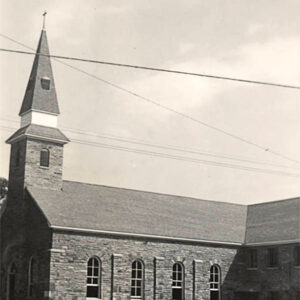 Mount Ida Church
Mount Ida Church
 Mount Ida Street Scene
Mount Ida Street Scene
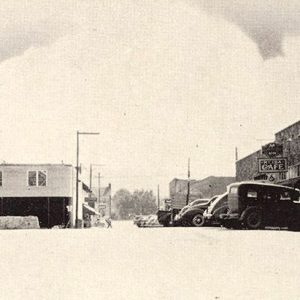 Mount Ida Street Scene
Mount Ida Street Scene
Mount Sequoyah Cottages
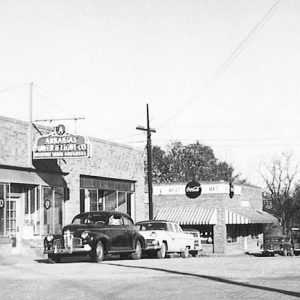 Mountain Home AP&L Office
Mountain Home AP&L Office
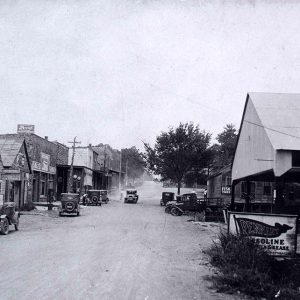 Mountain Home Main Street
Mountain Home Main Street
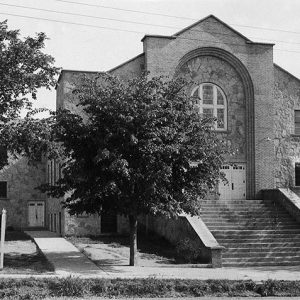 Mountain Home Baptist Church
Mountain Home Baptist Church
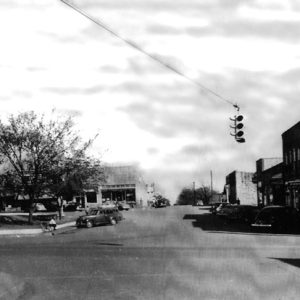 Mountain Home Square
Mountain Home Square
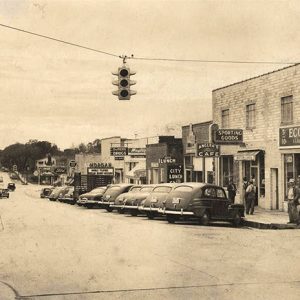 Mountain Home Street Scene
Mountain Home Street Scene
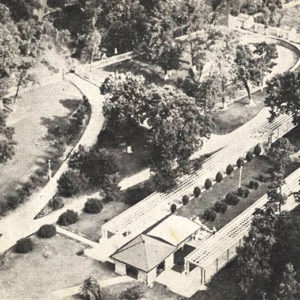 Mountain Valley Spring
Mountain Valley Spring
Mountainaire Hotel Historic District
 Mr. Big Dill
Mr. Big Dill
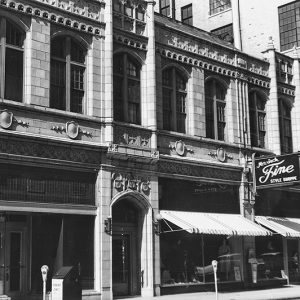 Mrs. Jack Fine Style Shoppe
Mrs. Jack Fine Style Shoppe
Mullins, David Wiley
Munn, John Calvin
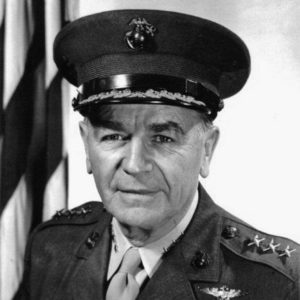 John C. Munn
John C. Munn
 Murfreesboro Postcard
Murfreesboro Postcard
Murphy, Charles H., Jr.
Murphy, Napoleon Bonaparte (Nap)
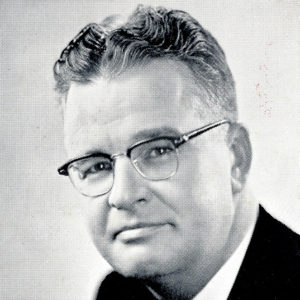 Ike Murry
Ike Murry
Murry, Isaac Taylor (Ike)
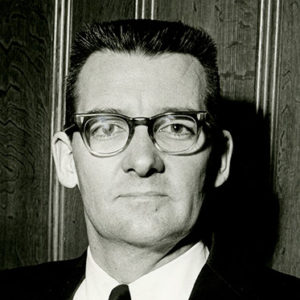 Thomas Murton
Thomas Murton
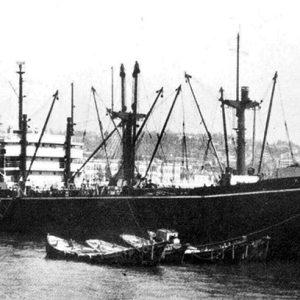 MV Kastamonu
MV Kastamonu
Nancarrow, Samuel Conlon
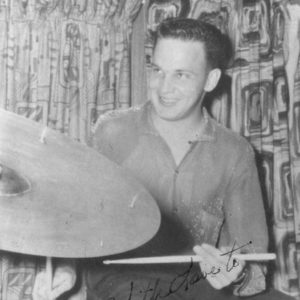 Jack Nance
Jack Nance
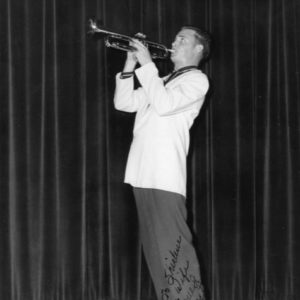 Jack Nance
Jack Nance
 Narrows Bridge
Narrows Bridge
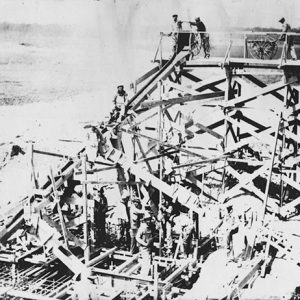 Narrows Dam Construction
Narrows Dam Construction
 Narrows Dam
Narrows Dam
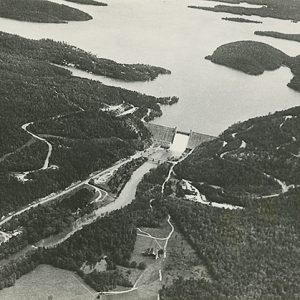 Narrows Dam Aerial View
Narrows Dam Aerial View
Narrows Dam
aka: Lake Greeson
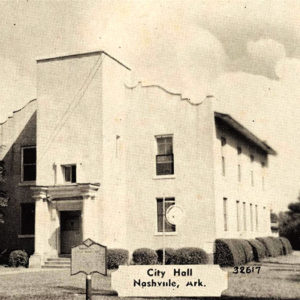 Nashville City Hall
Nashville City Hall
National Education Program
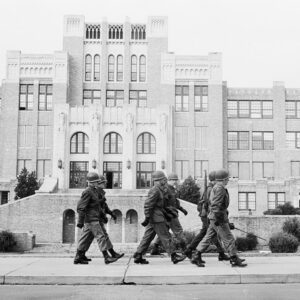 National Guard at Central
National Guard at Central
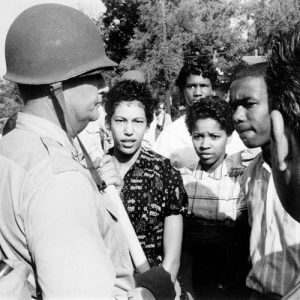 National Guardsman Confronts Students at Central High
National Guardsman Confronts Students at Central High
National States Rights Party
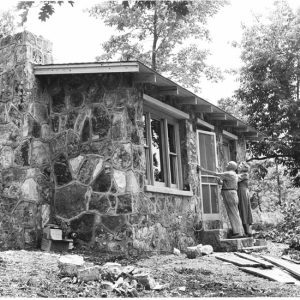 Native Stone House
Native Stone House
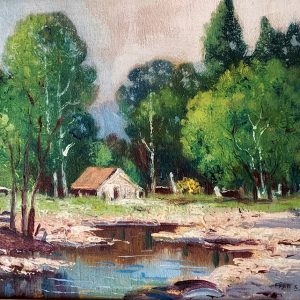 Near Eureka Springs
Near Eureka Springs
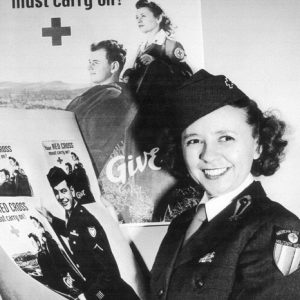 Margarete Neel
Margarete Neel
Neel, Margarete Ethel
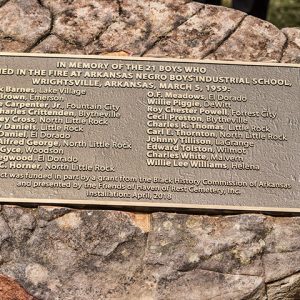 Negro Boys Industrial School Fire Memorial Plaque
Negro Boys Industrial School Fire Memorial Plaque
Negro Boys Industrial School Fire of 1959
aka: Wrightsville Fire of 1959
 Negro Boys Industrial School Memorial
Negro Boys Industrial School Memorial
 Negro Digest
Negro Digest
Negro Motorist Green Book, Arkansas Listings in the
Nevada County Courthouse
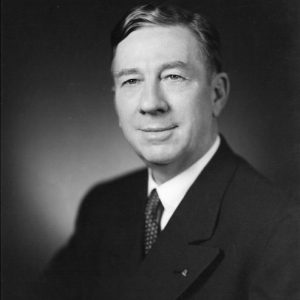 Farrar Newberry
Farrar Newberry
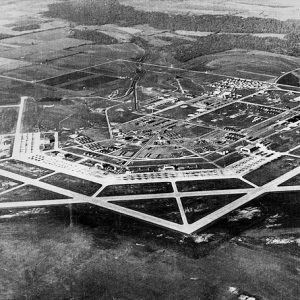 Newport Air Field
Newport Air Field




